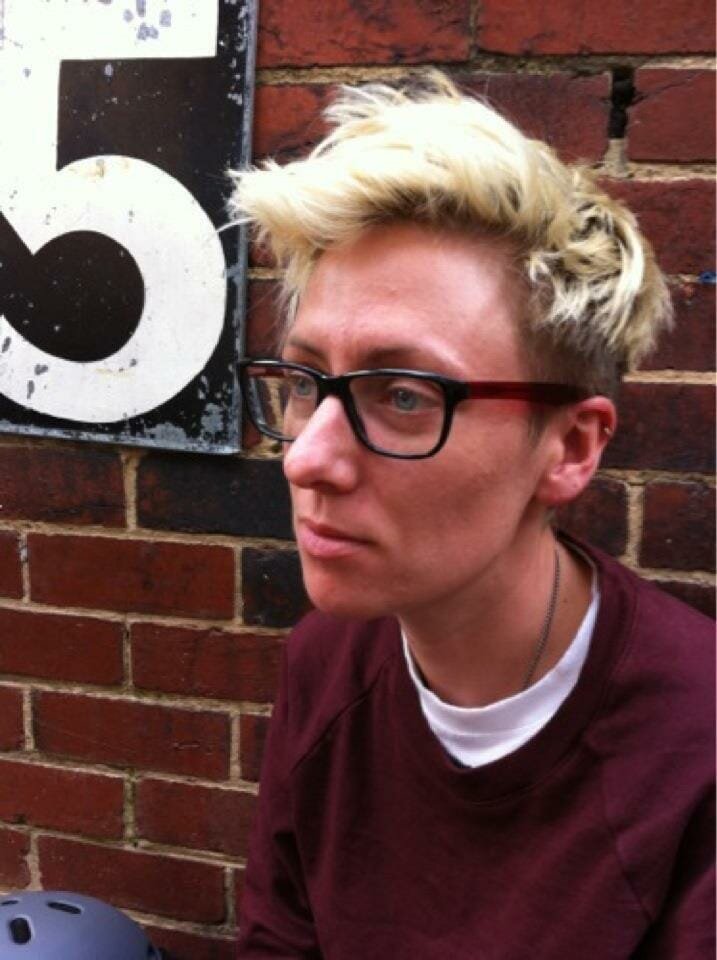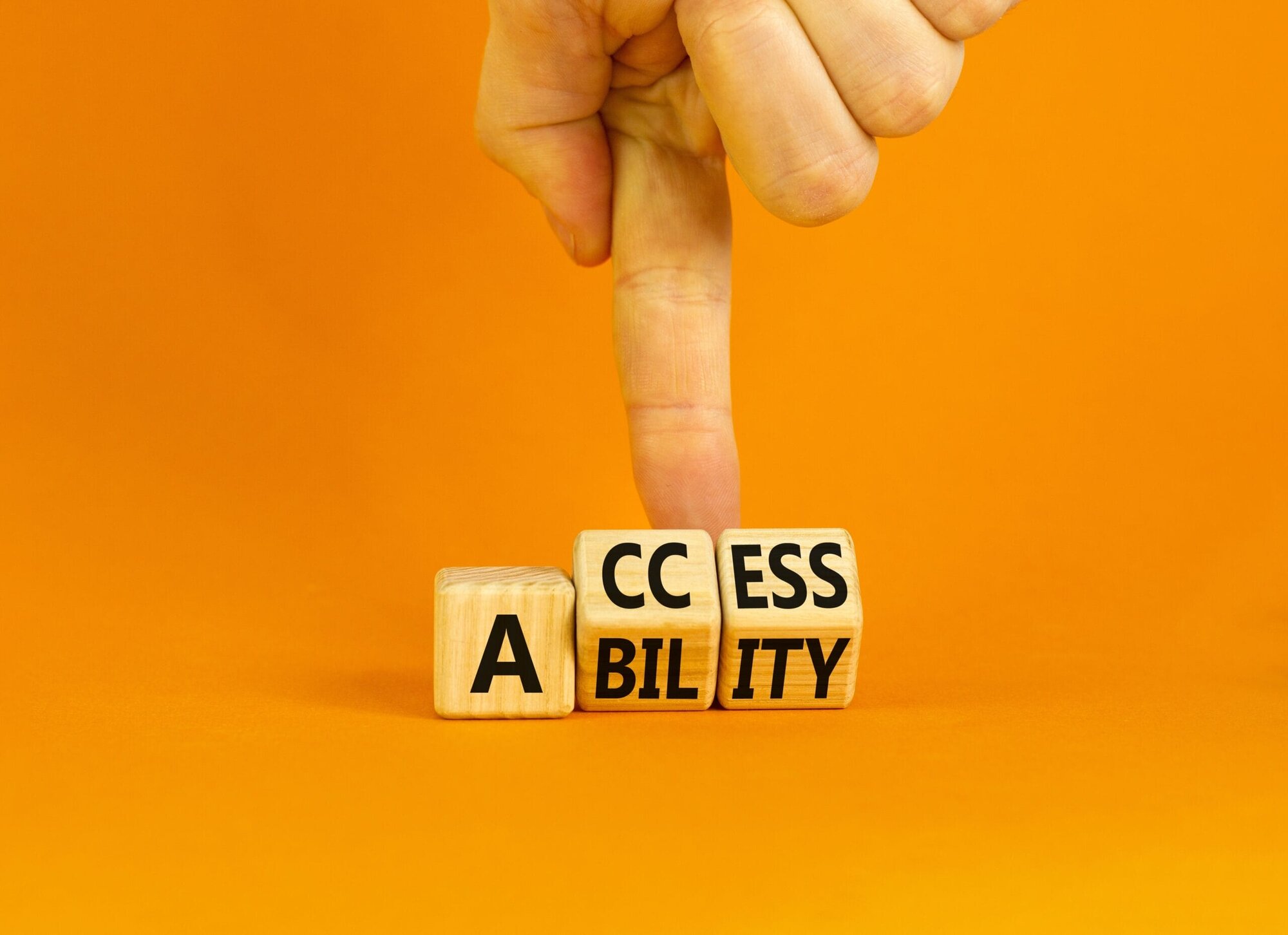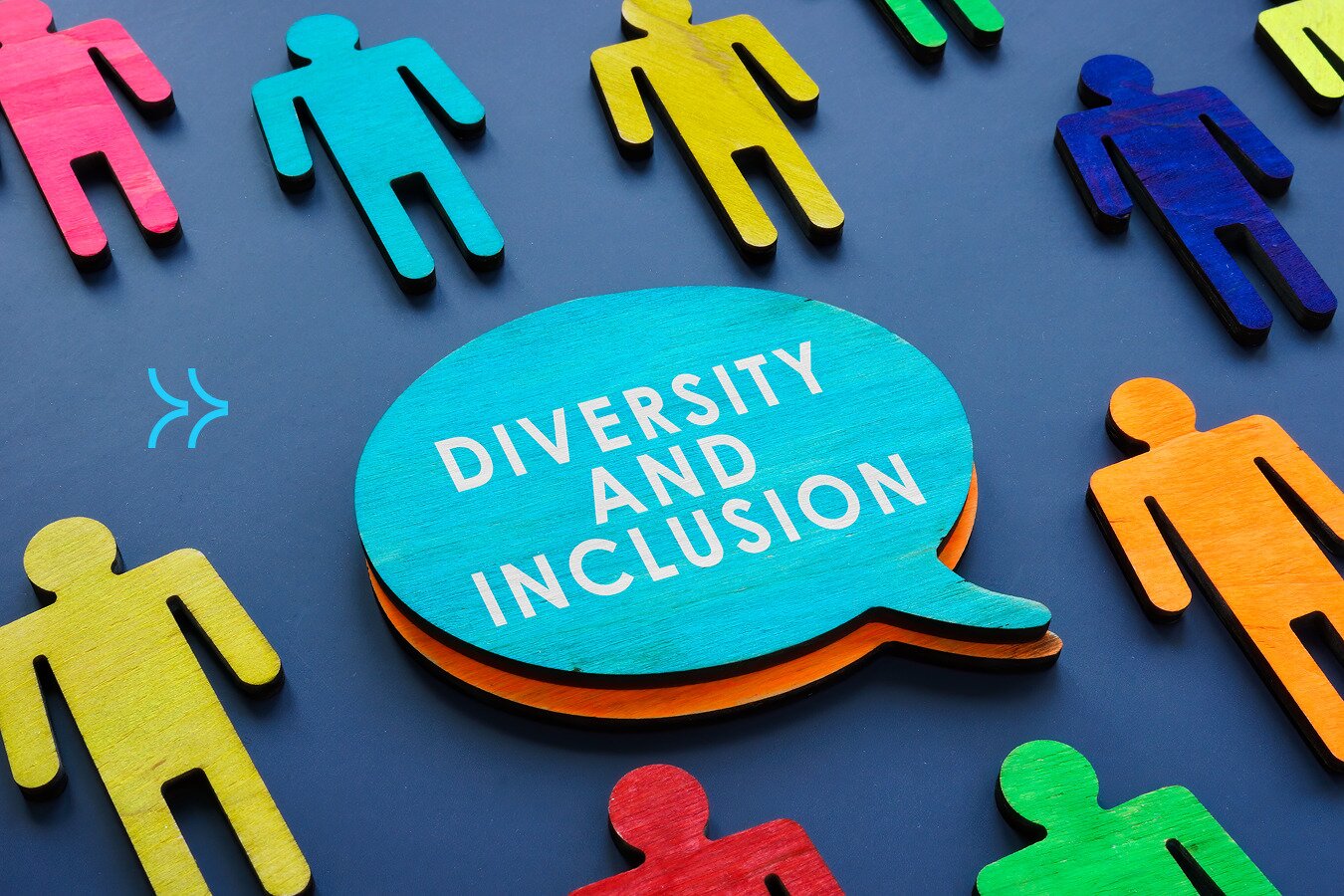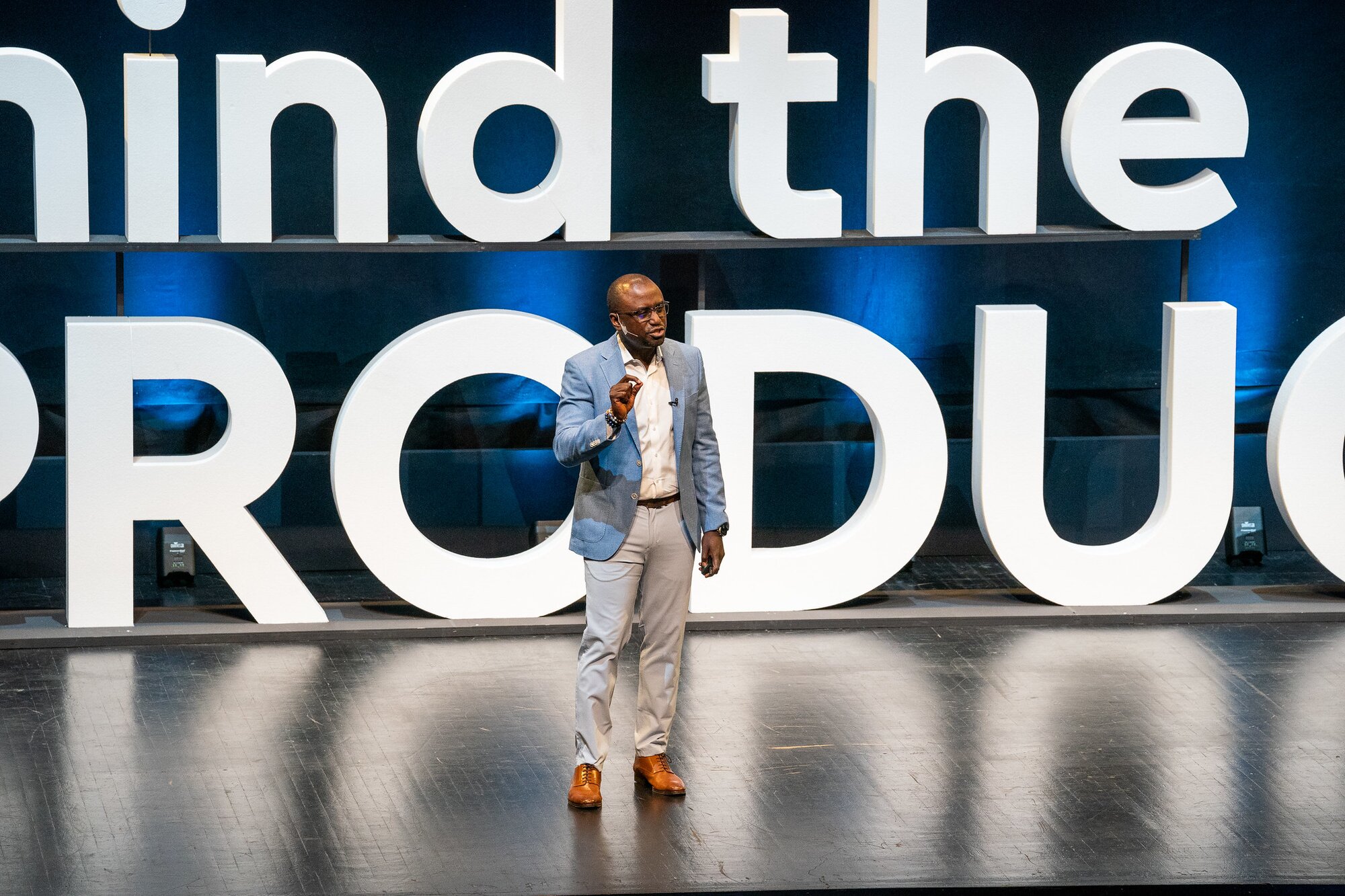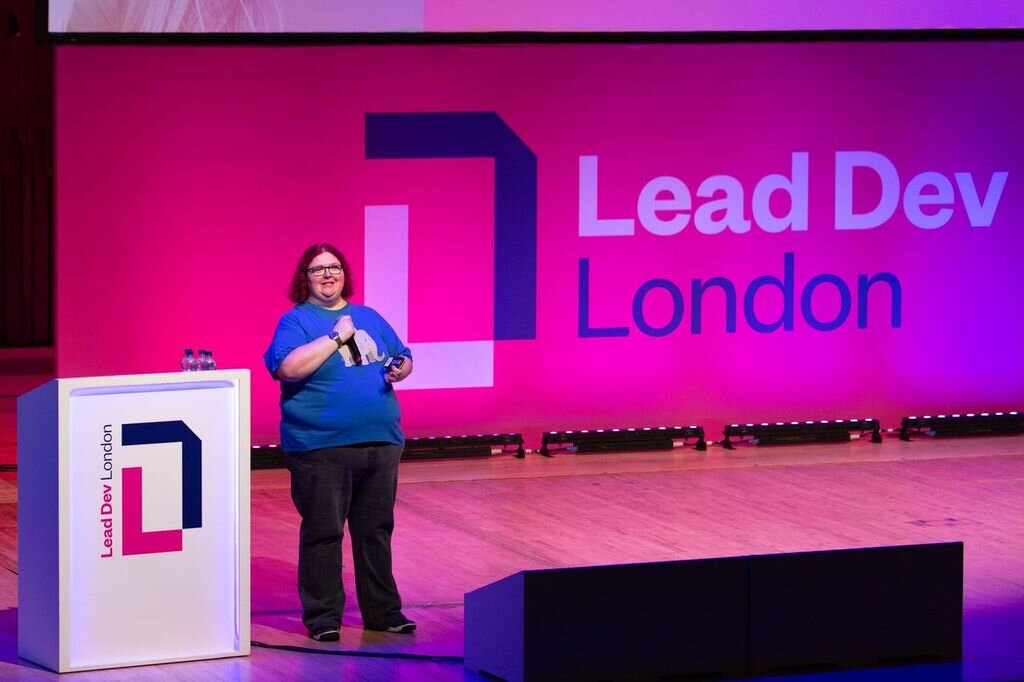Transferwise takes a data-driven, tactical approach to growing its product teams. Read about what they've learned, and why diversity is so important.
When I joined Wise one of the things I wanted to bring to the mission was my experience building strong teams, because when you’re building best-in-class products that solve customers problems at scale you need high performing teams that can work quickly and efficiently. I’ve now been with the company for six months and it feels like a good time to share my experiences so far. I should add here that the main reason I joined TransferWise was because I truly believed in their mission to build money without borders and make it quick, convenient, transparent and eventually, free.
Before I joined TransferWise I’d been a part of leadership teams at early-stage start-ups like Bloom & Wild and larger organisations like SEEK and had seen first-hand how critical strong, diverse teams are when you’re building great products for customers.
Read this case study on how Bloom & Wild made customer experience more thoughtful.
Over the last six months, I've been listening and learning, working to understand our customers, the team, the data and how things work. But I've also started seeing and being part of some important changes.
One of the biggest opportunities for us as a product team is to attract and hire candidates from a more diverse range of backgrounds. At the moment we’re specifically focusing on our gender diversity data, which we’re working to improve. The balance of women to men in our product team is well below the UK industry average of around 40%: we sit at around 20%. So like many other companies, we’ve got some work to do.
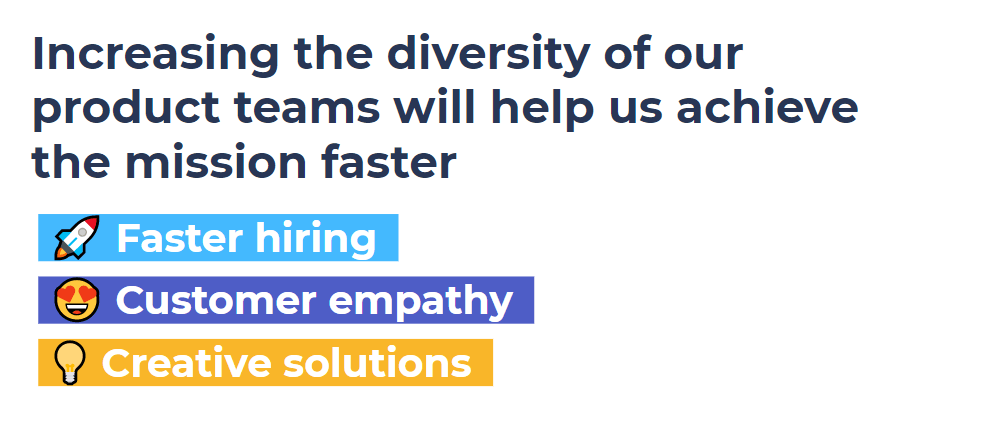
Because men outnumber women at the moment, our product teams are missing out on a whole bunch of skills, experiences, and ways of 'getting it done'. We have a responsibility to hire without bias, assess candidates fairly and consistently, and to be inclusive, but there is an impact on the product itself of doing this. For us to have the best chance of achieving our mission of helping people from all sorts of backgrounds, all over the world to move their money, we need to proactively widen the range of candidates we hire into product roles at Wise.
Why did we prioritise gender diversity in our product teams?
Firstly, it’s a time thing. It can take us up to 12 months to hire a Product Manager. Imagine how many customer problems we could have solved in that time. Alongside the vacant role, the people doing the hiring (often other product managers) are spending time looking for the candidates that could be spent building products. In my experience, a reasonable goal for time to hire is three months—it’s usually a bit longer for senior roles and a bit shorter for junior ones.
Secondly, we could do a better job scaling and growing our product managers (including helping them understand who is a good fit for the team quickly). At Wise, we have an amazing culture of autonomy and build from the ground up. We use strong individual contributors, who 'get it done'. It got us to where we are today but we need more of those superstars if we're going to achieve our mission. We serve 8 million customers and have more than 50 product teams. Ensuring all those teams optimise for common denominators, form strong partnerships and make good decisions for our customers, isn’t an accident.
So, what are we doing?
There’s been lots of work on diversity and inclusion initiatives at Wise to date and we’re currently looking for a Diversity and Inclusion Lead to help us bring this work together and build a framework and roadmap that will drive real impact and change. I hope we can apply some of what we've learnt from our product team MVP to other parts of our team in the future.
We’re also getting better at understanding where we are weak. Our data shows very clearly the imbalances in the team – for example, at the start of the year just 20% of product managers were female. It also shows an imbalance in our hiring funnel. Just 23% of people being referred for product roles by existing team members were female. And of all the candidates we sourced through our internal and external recruitment partners, just 24% were women. These are channels we own, we can and should do better.
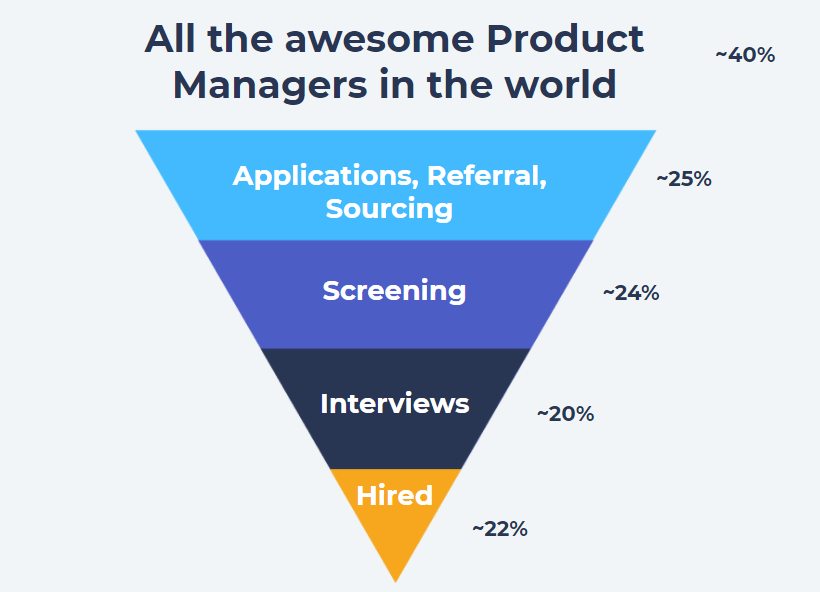
We also looked at the rest of the hiring funnel data, but I’m going to focus on the top, as that's where we saw the biggest discrepancy. Listen to this podcast: Hire Women! – Debbie Madden.
This was a well-documented problem before I joined the team, so in typical Wise fashion, a group of product managers got together to try to tackle it. In the past few months that group has grown and broadened its focus. We have recruiters, analysts, and employer branding experts from our People Team now involved, so it's increasingly cross-functional.
Approaching this like product managers, we set ourselves some OKRs:
- The longer-term goal is to get to 50/50 male/female by the end of 2021.
That's less than two years away so it won’t be easy, but breaking it down into quarterly milestones makes it feel more realistic.
- This past quarter we set ourselves the goal of increasing the proportion of female candidates entering our hiring funnel from sourcing (something we have full control over) from 24% to 50%.
- And for referrals (something we have a lot of control over) from 23% to 40%.
- Overall we aimed to increase the total number of female candidates entering the funnel from 24% to 35%.
Our early results are encouraging. Already we’ve shifted our referral rate to 50% female/male, and our sourcing rate to 31%. That’s after just 3 months, we’re not going to stop there.
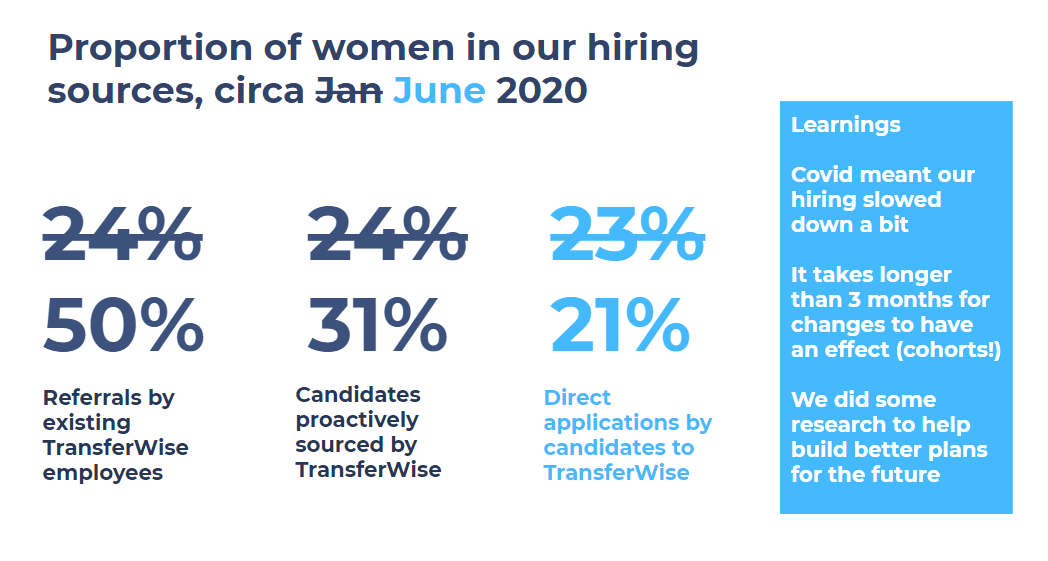
So, what did we do?
Here are some of the things that we believe could help us move those numbers:
- We introduced a 'women referral power week' to raise awareness and encourage our team to consciously consider referring more women. We also extended our employee referral scheme to people who are not close connections – encouraging our team to proactively look for candidates who might be a good fit for Wise. Leverage!
- We also started interviewing female product managers – at Wise and externally – to understand what might be discouraging them from applying and got back some interesting data, but that’s for another blog post.
- We reviewed every product manager's job description on our website. We re-wrote them ensuring our language and tone were not excluding or offputting to potential candidates and used a tool to check for gender-coded language bias. Additionally, we added statements about our commitment to building diverse teams, our flexible working practices, the support we offer our team, and full transparency about salary bands for every single product role we post on our website. Want to see what I mean? Here’s an example.
- We also updated and ensured that all the case studies, content, and posts we share about what it's like to work at Wise represent the type of team we're trying to build. We know that there is strong evidence to suggest that getting these things right has a positive impact, but also that getting them wrong actively deters women from applying.
- We also set targets for sourcing to ensure that we were searching beyond the usual channels to find more female product managers. There's evidence to suggest that by just having a 50/50 balance of male-female candidates showing up for interviews shifts the balance of hiring managers' decisions to be more inclusive. This makes sense – as humans, we don't like change and if we see something we've never seen before, like a woman in a product interview (!), whether unconsciously or consciously, it makes us feel less comfortable, less reassured and as a result, less likely to hire them. So we need to make sure more women are applying to drive this shift.
- We have also adapted our interviewing process and now aim to have two interviewers in every interview, one female and one male to create balance. That can be tricky when the team gender balance is 20/80 but if that's what it takes, we'll do it – we’ve even looked beyond product managers to get some of our senior designers to join interviews to shift the balance.
- We know we have more work to do on our interview style, criteria and expectations of candidates so we're also improving and automating our data collection so we can confidently track cohorts of candidates through the funnel and see where we are and aren’t having an impact every step of the way. We’ve also reached out to product managers inside and outside of Wise to understand why women aren’t applying to our roles and are using the learnings to build our profile, networks and long-term position as an organisation that women in product want to join.
One of the values we hold dear at Wise is 'transparency'. Like I said at the beginning of this blog post, we want to make sending money with borders, instant, convenient, transparent and eventually free. The transparency bit means we don't hide fees from our customers and that we do the right thing, hopefully gaining their trust along the way.
I believe that applying this principle to ourselves as a team, to ask ourselves honestly and openly if we are doing everything we can to build the strongest possible team, is important. We've moved forward a huge amount in the past 6 months, but there’s a long way to go. But, we’re on a journey to achieve our product mission around the future of finance and build the team that will get us there, and we'd love to have you join us.
